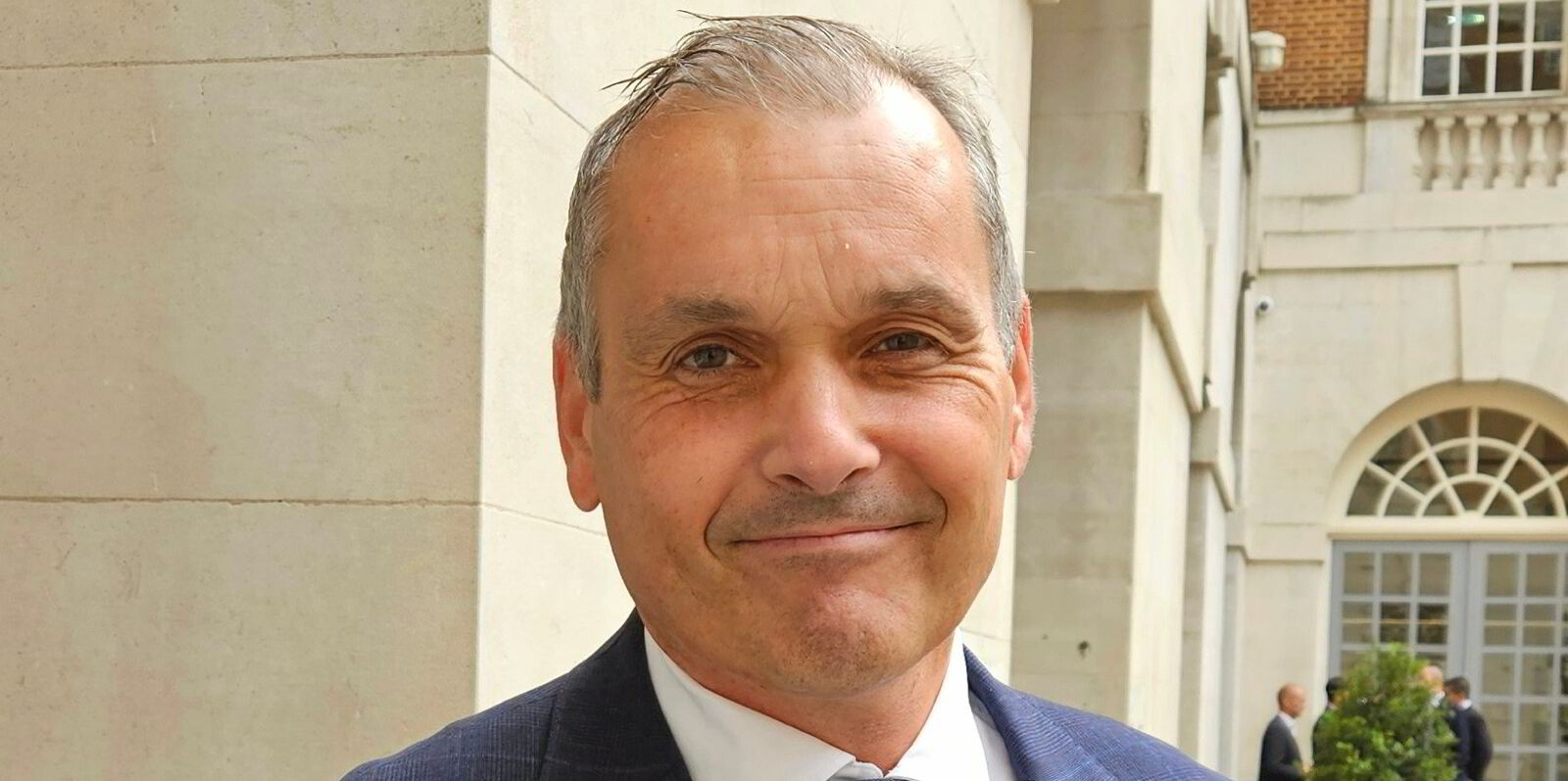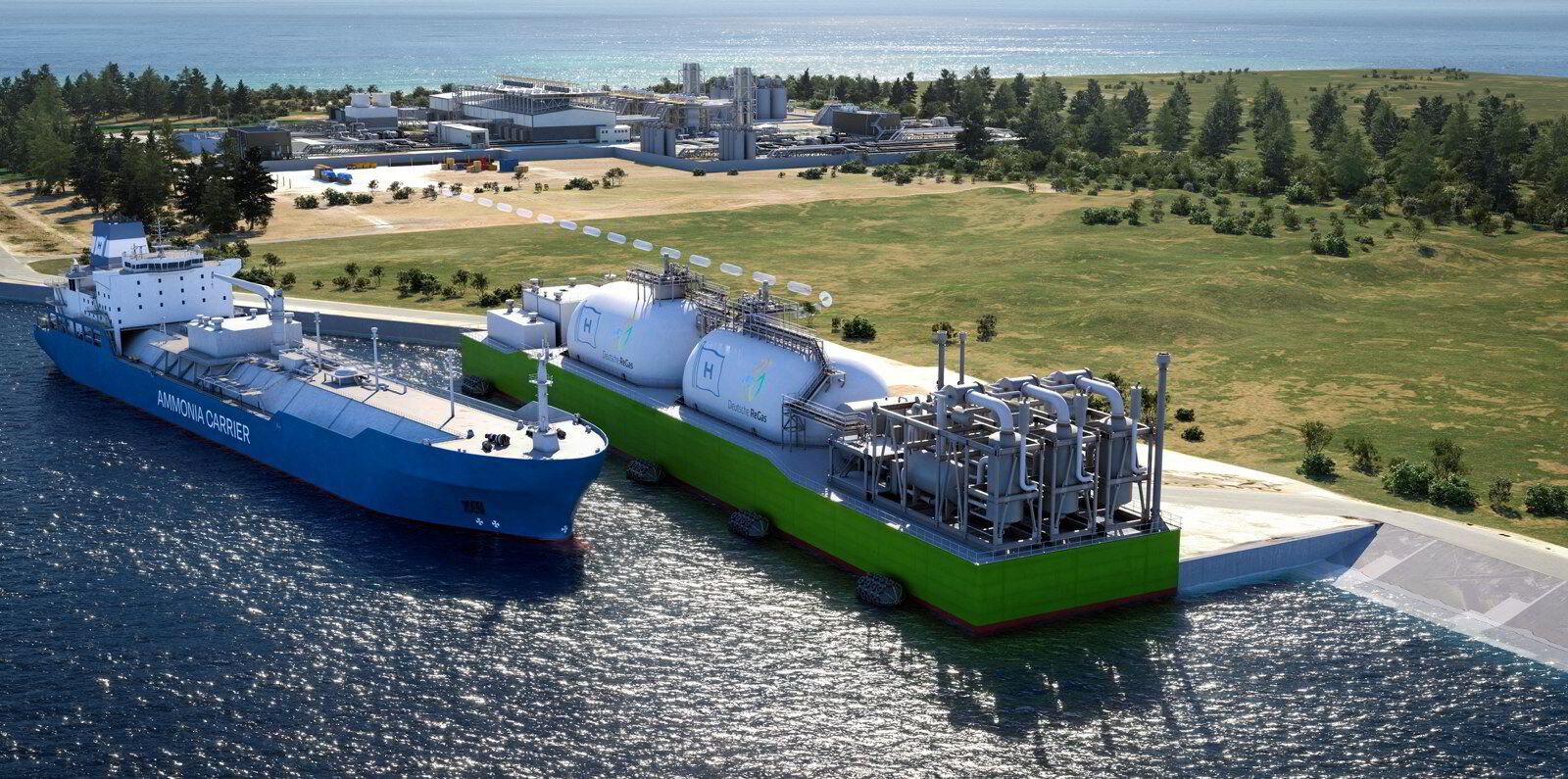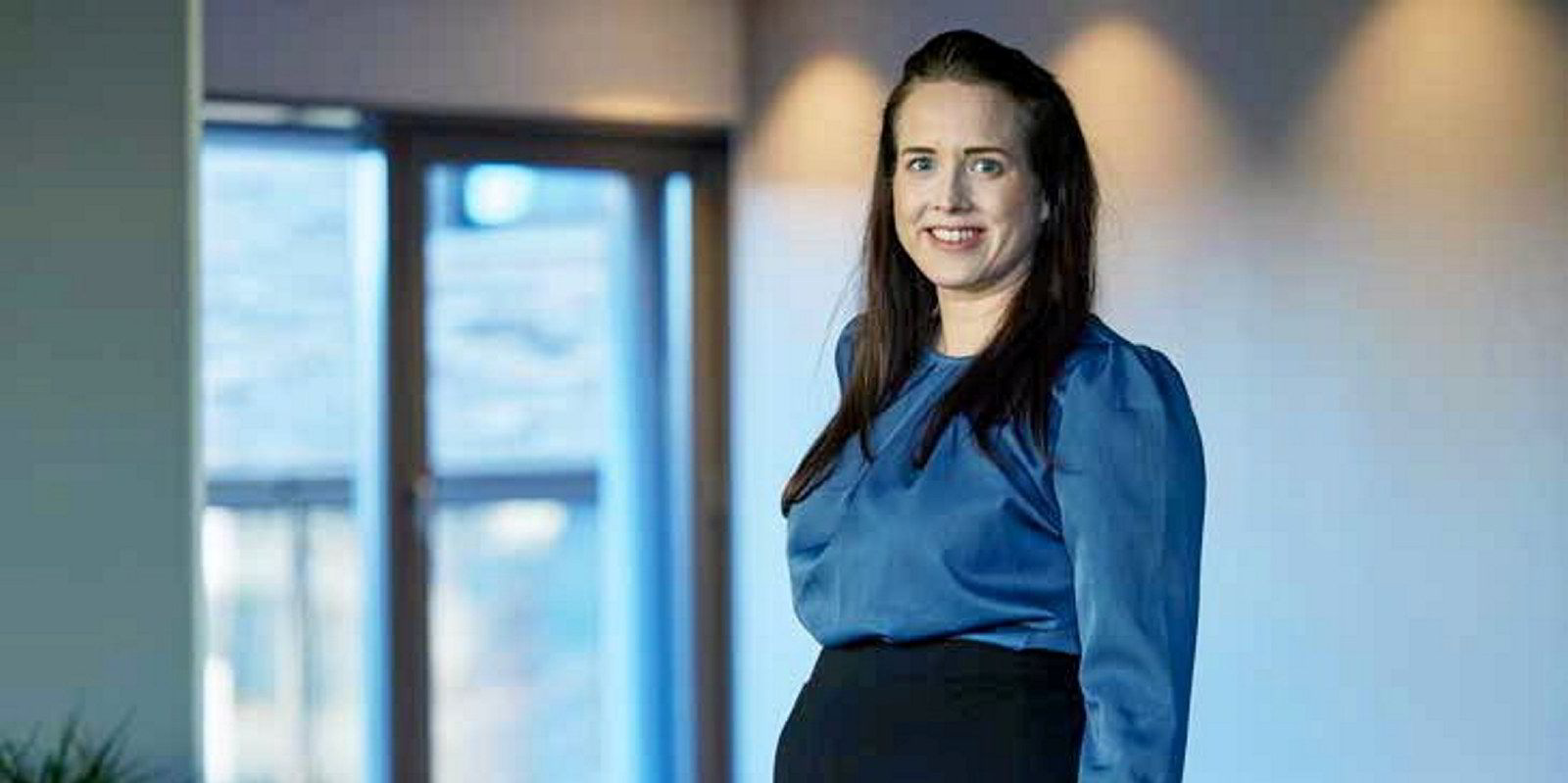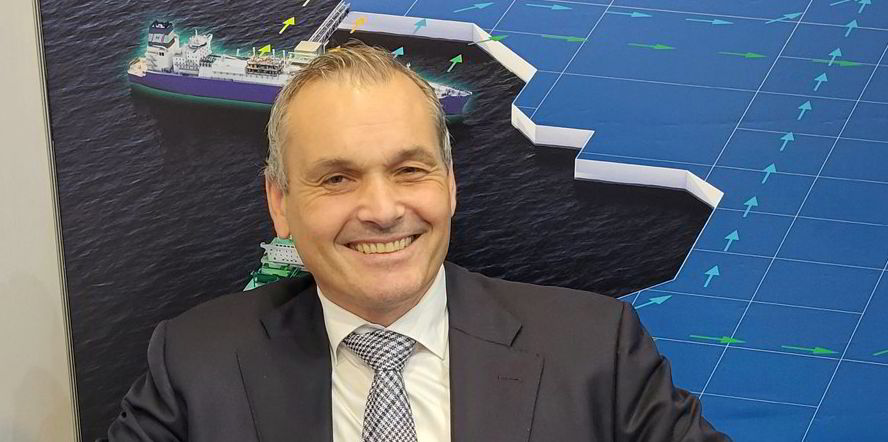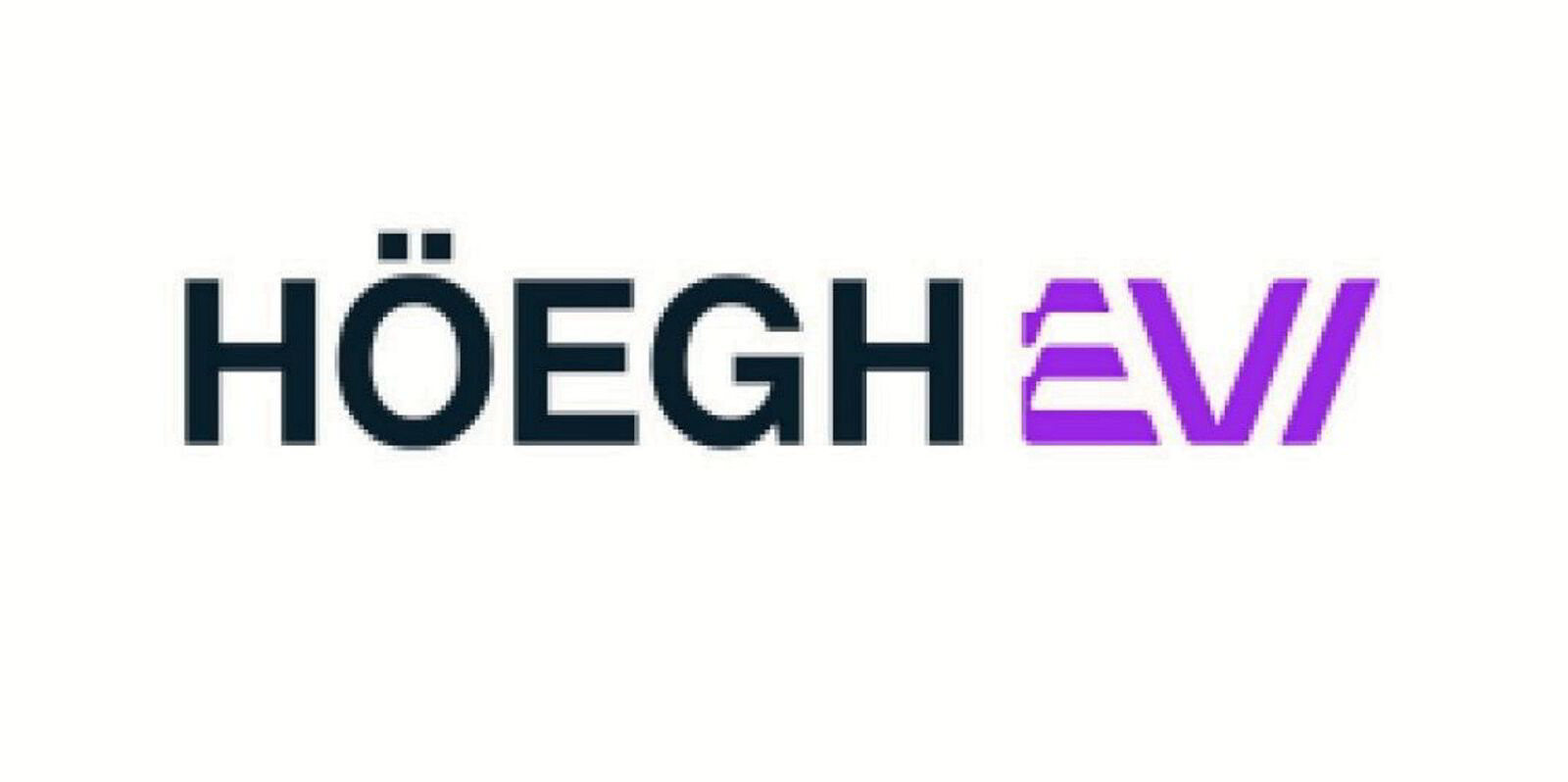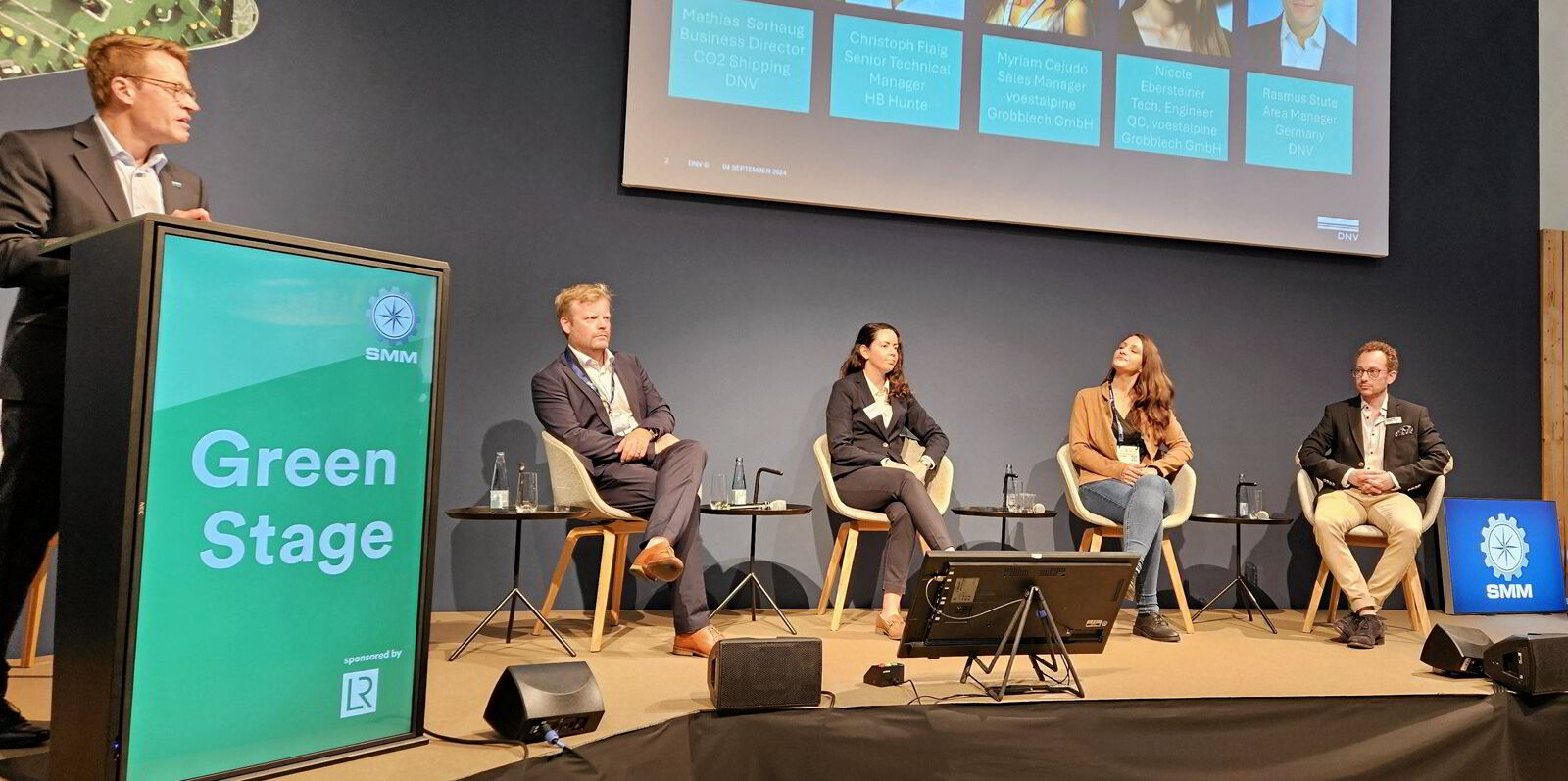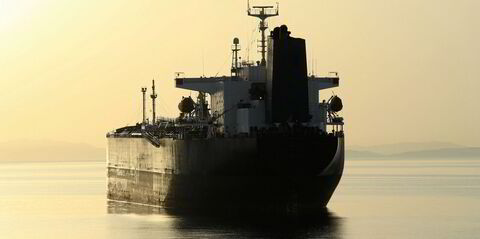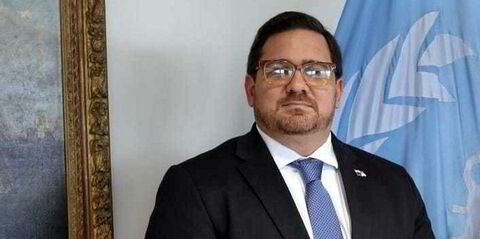So it is goodbye Hoegh LNG and hello Hoegh Evi, as the Norwegian floating regasification specialist unveils a new name and look today.
The rebrand is designed to show the wider scope of the company’s energy transition business and to position itself to attract fresh talent.
Speaking to TradeWinds, Hoegh Evi president and chief executive Erik Nyheim said that for the past couple of years, Hoegh LNG’s focus has been on energy security.
The company was central to setting up Germany’s first three floating storage and regasification-based terminals, and one in France, in the scramble to secure import facilities following Russia’s invasion of Ukraine in 2022.
Nyheim said Hoegh Evi also wants to be a partner to its customers and balance these needs with those of the energy transition.
In 2023, the company launched its new product, the hybrid FSRU, to allow existing customers to transition their assets, when and how they want, to hydrogen send-out in parallel with natural gas.
Hoegh Evi is building a pilot ammonia cracker in Norway.
Last month, it announced a new project with Deutsche Regas to install the world’s first floating green ammonia cracker in Lubmin, Germany, which will deliver green hydrogen ashore.
The company is also working together with Aker BP to deliver a full carbon capture and storage (CCS) value chain.
“Now we want to signal with our name that we are putting investments and resources behind this shift as well,” Nyheim said.
So Hoegh Evi — pronounced as one word but written as two.
Nyheim shared that in Norwegian “evi” means eternal, or forever, and said it alludes to the company having a very long perspective on what it is doing.
The company has chosen purple for its new name tag — instead of the now popular decarbonisation-themed green — with the wavey imagery on the first letter designed to show the company as the link between the production and import side for the molecules.
It has modernised its flag and taken that out of the logo but is keeping the Hoegh name, as it is a big part of its identity.
“That’s where our heritage is,” Nyheim said, with the Evi addition — standing for “energy vector infrastructure” — signalling that the company is expanding its strategy and scope out from its core LNG business to ammonia, hydrogen and carbon.
Emotional
Nyheim said Hoegh ran a strategic process internally with its whole organisation over several months on the name change, which for many was quite emotional.
At one point there were quite a few names on the table and it took some effort to get it down to one. But he said the project was helpful as it made the company reflect on its identity and ask some fundamental questions.
The CEO said Hoegh Evi wants to attract and retain new talent as it moves forward, showing that the refreshed brand will highlight its role in the energy industry’s transition, which is crucial to achieving this goal.
Nyheim updated on Hoegh Evi’s progress on some of its new clean energy ventures.
He said the pilot ammonia hydrogen cracker in Norway will be ready for testing later this year.
Compact cracking
The first application of this technology will be for a Hoegh Evi and Deutsche Regas floating green ammonia cracker in Germany.
This will entail installing a barge equipped with a medium-size cracker, which will be capable of delivering 30,000 tonnes of green hydrogen into the new pipeline being built there.
The aim is to take a final investment decision on the project in 2025, with the ambition to have it in operation by 2026.
Nyheim believes it will have the only compact cracker — the company is working with Wartsila and BASF as technology partners — suitable for floating infrastructure. It could be installed on an FSRU or for the ammonia terminal on a modern ammonia-ready VLGC or purpose-built vessel.
In the future, Hoegh Evi plans larger ammonia terminals, which would be equipped with three crackers capable of delivering 200,000 tonnes of hydrogen. Nyheim said the company is in “concrete discussions” with several customers and ports in Europe for this size of unit.
He said these terminals can be quickly deployed, are flexible and permitting can prove simpler than for land-based solutions. “This is really pioneering,” Nyheim added.
Reverse FSRU
Hoegh Evi is also active in CCS marine infrastructure. A year ago the company partnered with Aker BP, which now has licences for permanent CO2 storage in two subsea reservoirs on the Norwegian Continental Shelf.
“We are now active in the market talking to emitters about developing full value chain solutions where Hoegh Evi has developed the concept for a floating CO2 storage and offloading [FCSO] terminal,” Nyheim said.
He describes the FCSO as a reverse FSRU, which would be capable of receiving carbon in liquid or gas form, storing, purifying and liquefying it before preparing it for onward transportation by shuttle ship to bring it into the reservoir.
“I think this is a market that will be in the money within the foreseeable future,” Nyheim said, although it is regulatory dependent and will ultimately be driven by the cost of carbon.
“We see that a number of emitters need to find a solution,” he said, explaining that talks are now centring on where the hubs need to be and the volumes involved, with Hoegh Evi drafting letters of intent with emitters in preparation for commercial discussions.
Nyheim expects all these new projects to become commercial realities within the current decade.
He said: “We are using all the skills we have on the FSRU side to build new floating solutions for ammonia, hydrogen and CCS.
“I think our advantage is to be able to pioneer new solutions for the energy shift.
“We did it with FSRUs 15 to 20 years ago, and we’re now replicating that for ammonia and hydrogen.”

